GREAT AMERICAN CITY
Chicago and the Enduring
Neighborhood Effect
ROBERT J. SAMPSON
THE UNIVERSITY OF CHICAGO PRESS CHICAGO AND LONDON
Robert J. Sampson is the Henry Ford II Professor of the Social Sciences at Harvard University, where he moved in 2003 after teaching at the University of Chicago for a dozen years. He is a member of the National Academy of Sciences and fellow of the American Academy of Arts and Sciences.
The University of Chicago Press, Chicago 60637 The University of Chicago Press, Ltd., London 2012 by The University of Chicago All rights reserved. Published 2011 Printed in the United States of America
20 19 18 17 16 15 14 13 12 11 1 2 3 4 5
ISBN-13: 978-0-226-73456-9 (cloth)
ISBN-10: 0-226-73456-0 (cloth)
ISBN-13: 978-0-226-73388-3 (e-book)
Library of Congress Cataloging-in-Publication Data
Sampson, Robert J.
Great American city : Chicago and the enduring neighborhood effect / Robert J. Sampson.
p. cm.
Includes bibliographical references and index.
ISBN-13: 978-0-226-73456-9 (cloth : alkaline paper)
ISBN-10: 0-226-73456-0 (cloth : alkaline paper)
1. Chicago (III.)Social conditions.
2. NeighborhoodsIllinoisChicago. I. Title.
F548.3.S26 2011
977-311dc23
2011029350
 The paper used in this publication meets the minimum requirements of the American National Standard for Information SciencesPermanence of Paper for Printed Library Materials, ANSI Z39.481992.
The paper used in this publication meets the minimum requirements of the American National Standard for Information SciencesPermanence of Paper for Printed Library Materials, ANSI Z39.481992.
FOREWORD
WILLIAM JULIUS WILSON
Robert Sampsons Great American City: Chicago and the Enduring Neighborhood Effect will not only change the way we think about neighborhood effects, it also sets a new standard for social scientific inquiry. Indeed, in my judgment, Great American City is one of the most comprehensive and sophisticated empirical studies ever conducted by a social scientist. The scope of this very readable and precisely worded book boggles the mind. As Sampson points out, this book is at once an intellectual history of an idea, the story of a major research project, the tale of an iconic city, a systematic theory of neighborhood effects, an empirical account of community-level variations in a range of social processes, an analysis of competing schools of social inquiry, and a sustained empirical analysis that was designed to uncover new facts while adjudicating and integrating existing hypotheses.
Great American City examines two fundamentally different ways of looking at the worldone sees life in terms of independent self-maximizing individuals, the other focuses on the important collective processes in contextual settings rooted in shared understanding. The first image is powerfully reflected in contemporary America, not only in popular belief systems but also in recent developments in social science disciplines (for example, rational choice models of human behavior). This books theoretical thrust brilliantly elevates the second idea by revealing how the mechanisms of social causality are profoundly shaped by the spatial logic of urban life. In the process the book does not inherently begin at the top (social structure) or bottom (individual behavior) but rather creatively integrates individual, neighborhood, and structural dynamics.
Sampson is a quantitative social scientist who understands the logic of scientific inquiry and therefore the importance of integrating the structure of explanation, the meaning and significance of concepts, and the nature of evidence. Sampsons research, empirical measures of concepts, and analysis of data are theoretically motivated. And he fully exploits his very rich data sets by taking a pluralistic stance on the nature of evidence to assess causation. His pathbreaking findings flow mainly from a comprehensive research endeavor called the Project on Human Development in Chicago Neighborhoods (PHDCN). Using the iconic city of Chicago as a laboratory, the PHDCN collected longitudinal data on children, families, and neighborhoods. It is one of the most ambitious and creative research projects in the history of social science inquiry. A typical question will be raised about how representative Chicago is of other American cities. That is the wrong question to ask. This is a theoretically driven study, and Chicago happens to be an excellent laboratory for testing theoretically derived hypotheses.
Based on his incredibly rich and diverse data sources, Sampson argues that neighborhood contexts are, in themselves, important determinants of the quality and quantity of human behavior. In so doing, he not only clearly specifies the structural and cultural dimensions of neighborhood effects, he also gives attention to the choices and perceptions of individual residents, as well as the impact of larger structural forces. With the skillful use of ecometrics, the method of empirically assessing ecological settings, Sampson provides a comprehensive roadmap for the study of context and convincingly demonstrates that collective phenomena like neighborhoods demand their own measurement logic and are not reducible to individual-level traits.
Since Sampsons empirical measures of various aspects of neighborhoods are theoretically derived, his approach stands in sharp contrast to the typical studies that highlight or search for the correct operational definition of neighborhoods, a measurement that is often arbitrarily selected independent of any theoretical considerations. Indeed, Sampsons multiple measures of neighborhood effects reflect his broad and flexible theoretical framing of the variable interactions, perceptions, and institutional forces manifested in large and small ecologically specified areas. And his comprehensive longitudinal data set allows him to examine a family of neighborhood effects across a wide range of social phenomena.
Great American City demonstrates the powerful effects of ecologically concentrated disadvantage on individual outcomes as well as rates of behavior across neighborhoods. These effectsincluding joblessness, poverty, and single-parent families with children, verbal ability, violence, incarceration, and collective efficacyare magnified by racial segregation. Sampson reveals that poverty and its correlates are especially persistent in poor black neighborhoods. Indeed, his systematic presentation of evidence on the durability of neighborhood stratificationdespite urban social transformations and macro economic and political changes in the late twentieth century and gentrification in the early twenty-first centuryis one of the major contributions of this book.
Sampson carefully points out that historical, macroeconomic, and global forces have indeed impacted urban neighborhoods; however, they do not negate the potent lower order mechanisms of neighborhoods that help to account for variations in concentrated inequality. These include social psychological mechanisms that interact with broad cultural processes (e.g., stereotypes and shared expectations and perceptions of disorder) and have played a role in shaping the long-term identities and trajectories of neighborhoods. And this research leads me to strongly concur with his contention that the role of collectively shaped perceptions of disorder and moral and legal cynicism may be underappreciated causes of community wellbeing and of continued racial and economic segregation in the United States, and perhaps cities elsewhere.
Another important and original contribution of Great American City is Sampsons powerful critique of studies that place special emphasis on self-selection bias, a term used in research to describe the effect of people grouping themselves together on common characteristics. Proponents of self-selection bias argue that the effects we attribute to poor neighborhoods may instead be caused by the characteristics of families and individuals who end up living there. In other words, they believe that disadvantaged neighborhoods might not be the cause of poor outcomes; rather families with the weakest job-related skills, with the lowest awareness of and concern for the effects of the environment on their childrens social development, with attitudes that hinder social mobility, and with the most burdensome personal problems are simply more likely to live in these types of neighborhoods. Some even go so far as to deny the importance of neighborhood effects.

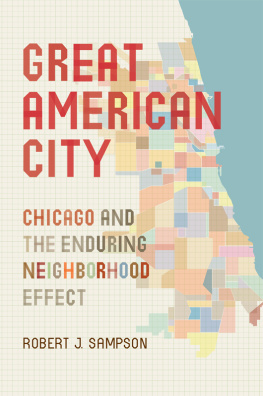


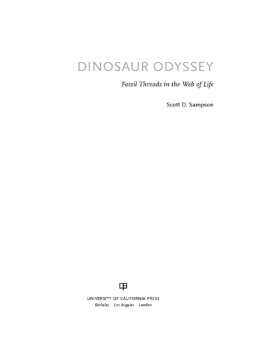




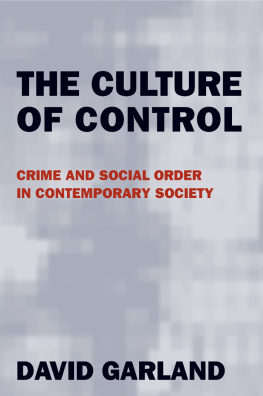
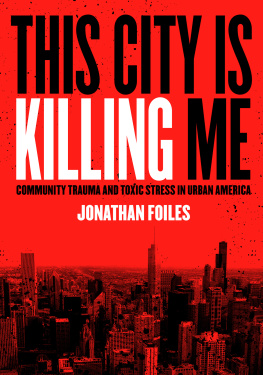


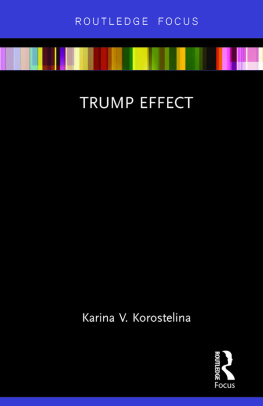

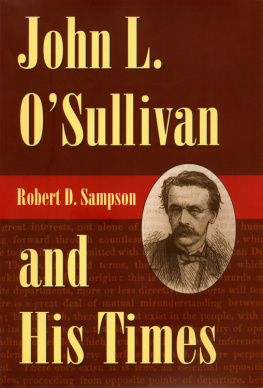
 The paper used in this publication meets the minimum requirements of the American National Standard for Information SciencesPermanence of Paper for Printed Library Materials, ANSI Z39.481992.
The paper used in this publication meets the minimum requirements of the American National Standard for Information SciencesPermanence of Paper for Printed Library Materials, ANSI Z39.481992.